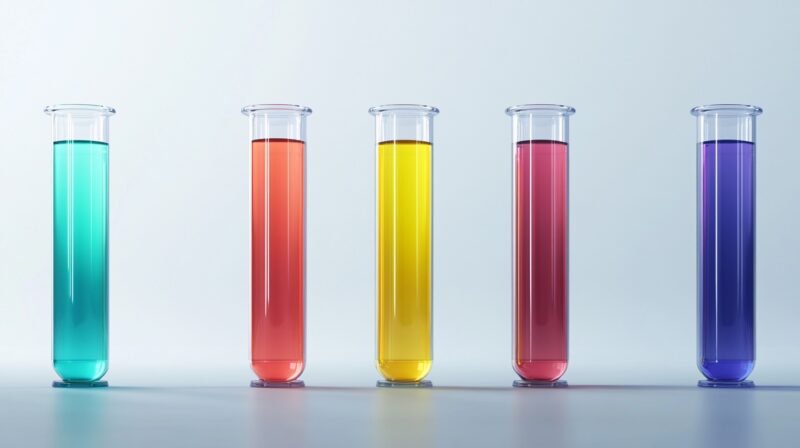Laboratory tests are an essential part of diagnosing, monitoring, and treating various medical conditions.
Each type of laboratory test often requires specific types of blood collection tubes, which are designed to maintain the integrity of the sample.
The color of these tubes indicates the type of additive or preservative they contain, which determines the tests that can be performed.
Today, we want to talk about that in greater detail.
Red Tube
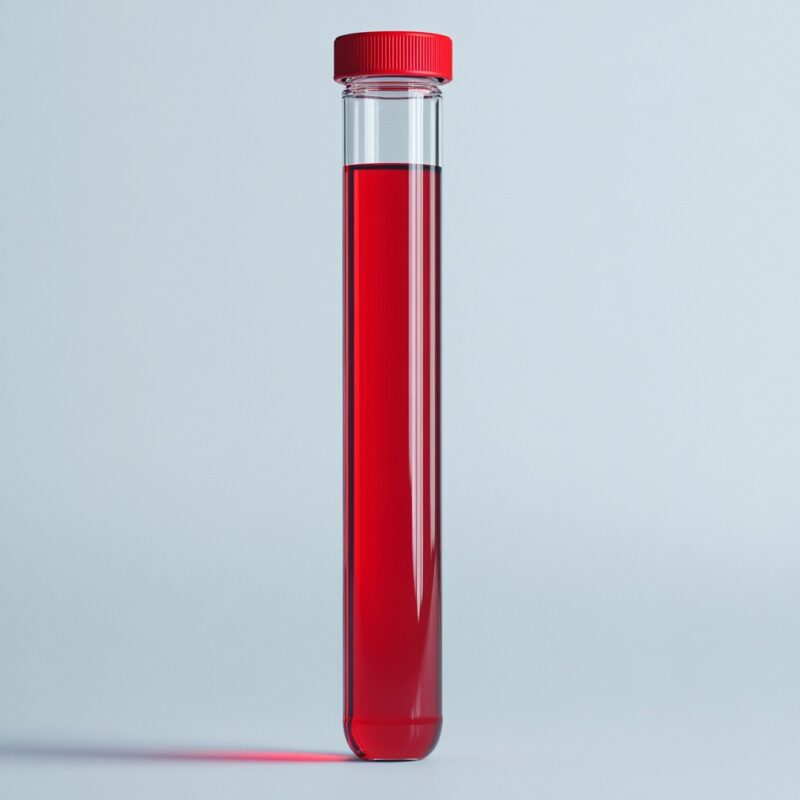
Red tubes are primarily used for tests that do not require any additives or anticoagulants.
These tubes are sometimes referred to as “clot tubes” because they allow the blood to clot naturally, separating the serum from the clot.
Red tubes may also be used for tests that involve the blood bank or require blood to be discarded before drawing another sample.
- Blood Bank: Red tubes are frequently used for blood bank tests, including type and cross-matching, which determines a patient’s blood type and compatibility with donor blood.
- Type and Cross: Type and cross-matching is essential before blood transfusions to prevent adverse reactions between the donor’s and recipient’s blood.
- Discard Tube: Sometimes, red tubes are used as discard tubes to remove the initial portion of the blood draw, which may be contaminated with tissue fluids.
- No Additives: Since the red tube contains no additives, it is suitable for serum collection in tests like hormone assays, drug levels, and antibody titers.
This tube’s primary function is to collect blood that can naturally clot, making it ideal for various serological tests.
Red Marble-Top or Gold Tube
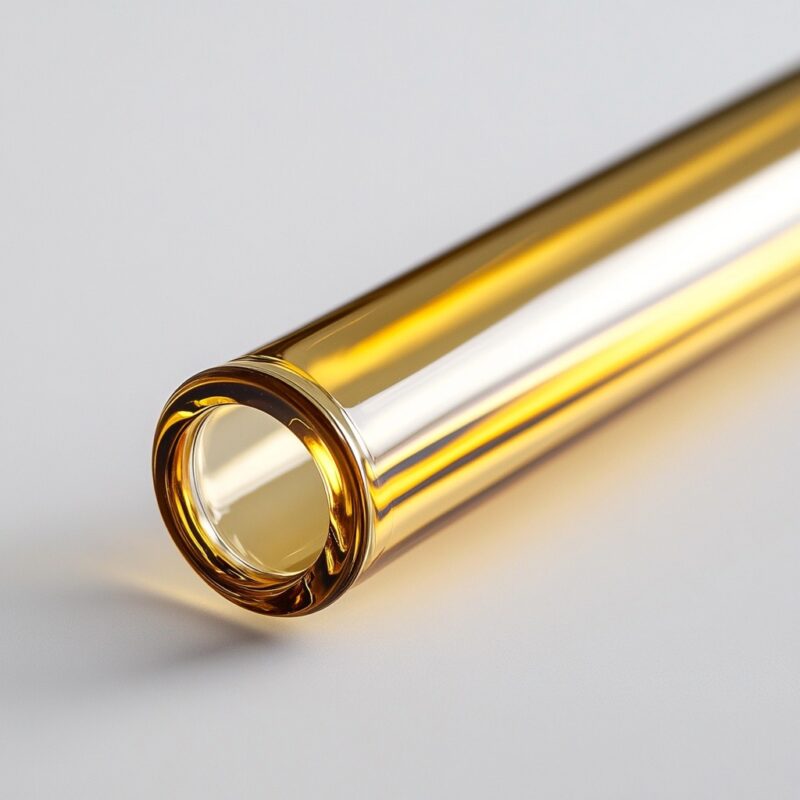
The red marble-top or gold tube contains a gel separator and clot activator, making it ideal for various chemistry tests.
The clot activator helps the blood to clot quickly, while the gel separator ensures that the serum remains separate from the cells after centrifugation.
- Chemistry Tests: These tubes are commonly used for comprehensive metabolic panels (CMP), which include tests like calcium (Ca), blood urea nitrogen (BUN), and creatinine, all of which provide insights into kidney and metabolic functions.
- Calcium (Ca): Calcium levels are crucial for diagnosing bone diseases, kidney disorders, and parathyroid gland issues.
- BUN and Creatinine: These tests assess kidney function, helping to diagnose kidney disease or monitor the effects of certain medications on renal health.
- Serum Separator: The gel separator in these tubes ensures that the serum is easily separated from the blood cells, which is essential for obtaining accurate test results.
The gold or red marble-top tubes streamline the separation of serum and allow for a wide range of chemistry panels, making them highly versatile in clinical settings.
Light Blue Tube
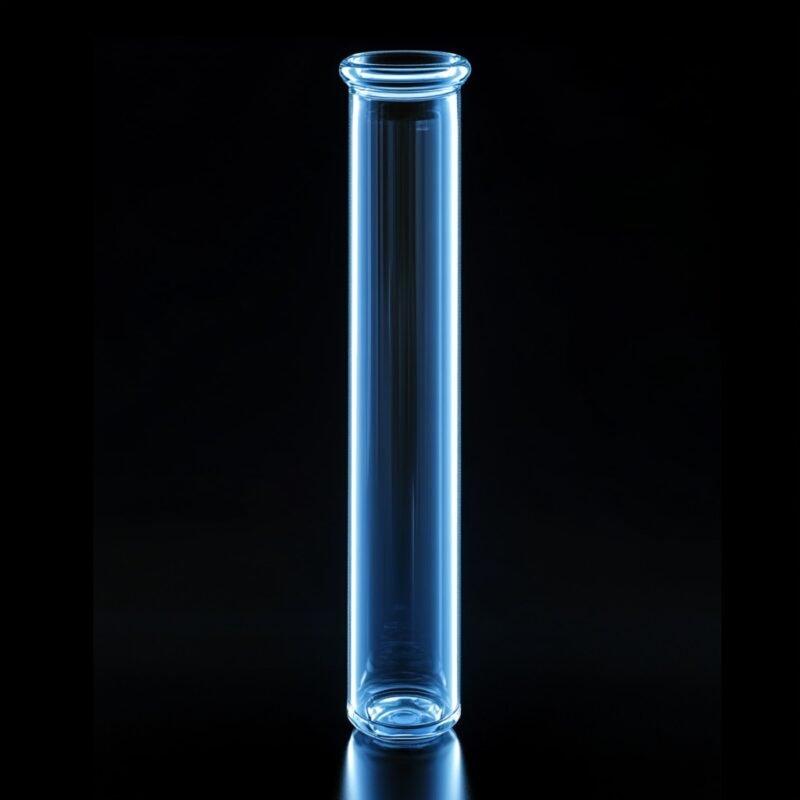
Light blue tubes are specifically designed for coagulation studies.
They contain sodium citrate, which acts as an anticoagulant by binding calcium in the blood, preventing clot formation during testing.
- Coagulation Studies: This tube is commonly used for tests like prothrombin time (PT), partial thromboplastin time (PTT), and international normalized ratio (INR), which are essential for assessing blood clotting disorders.
- PT and PTT: These tests measure how long it takes for blood to clot, which helps diagnose bleeding disorders or monitor patients on blood thinners.
- INR: INR standardizes PT results, allowing for consistent interpretation regardless of testing method, and is crucial for monitoring patients taking anticoagulants like warfarin.
- Fibrinogen: Fibrinogen levels can be assessed using a light blue tube to evaluate the body’s ability to form clots, which can indicate conditions like disseminated intravascular coagulation (DIC) or liver disease.
These tubes play a vital role in diagnosing and managing patients with clotting abnormalities, making them essential in both emergency and long-term care settings.
Lavender Tube
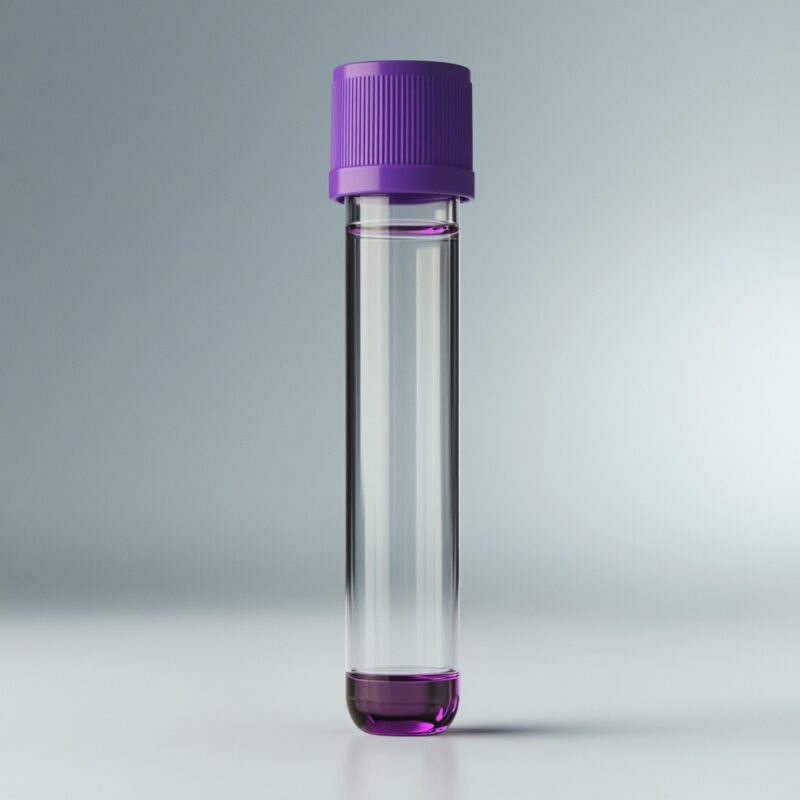
Lavender tubes contain EDTA (ethylenediaminetetraacetic acid), an anticoagulant that prevents blood from clotting by binding calcium.
This tube is widely used in hematology tests.
- Hematology Tests: The lavender tube is the go-to choice for complete blood counts (CBC), hemoglobin, hematocrit (H&H), and platelet counts, providing a broad view of a patient’s blood health.
- CBC: A CBC measures red blood cells, white blood cells, and platelets, which are essential for diagnosing conditions like anemia, infections, and leukemia.
- H&H: Hemoglobin and hematocrit levels are critical indicators of the oxygen-carrying capacity of the blood, often used to diagnose anemia or dehydration.
- Platelet Counts: Platelet counts help assess clotting function and are important in diagnosing clotting disorders or monitoring patients undergoing chemotherapy or other treatments that affect bone marrow function.
This tube is indispensable in diagnosing a wide range of hematological conditions and is commonly used in routine medical check-ups.
Gray Tube
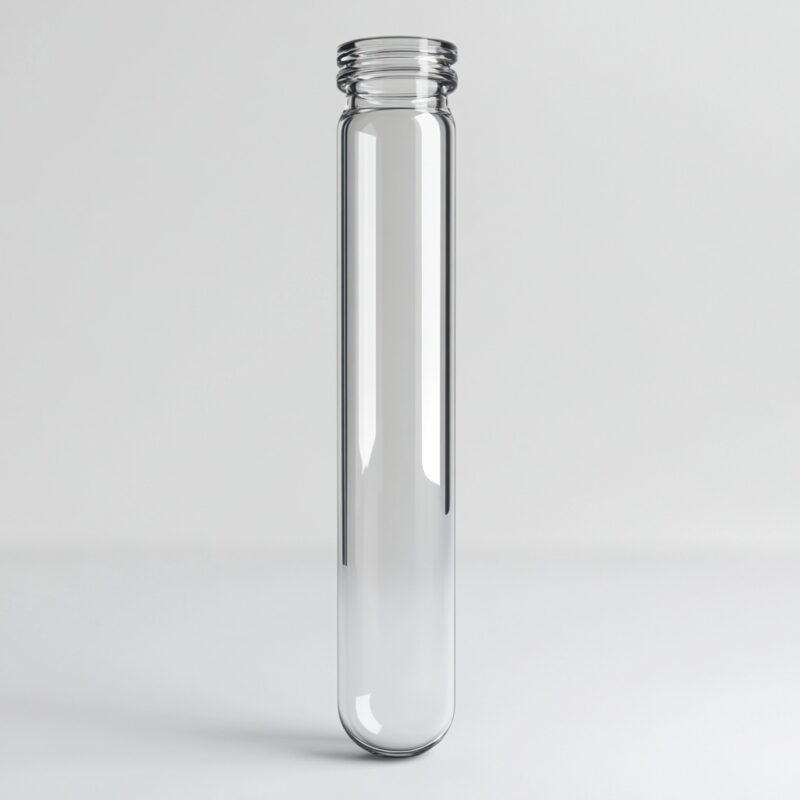
Gray tubes are used primarily in tests that require the stabilization of glucose.
They contain potassium oxalate as an anticoagulant and sodium fluoride as a preservative, which prevents the blood from metabolizing glucose after the sample is taken.
- Glucose Testing: This tube is commonly used for blood glucose tests, including fasting glucose and glucose tolerance tests, which help in diagnosing and managing diabetes.
- Sodium Fluoride: The preservative inhibits the breakdown of glucose in the blood sample, ensuring accurate measurements for diagnosing diabetes or pre-diabetic conditions.
- Lactic Acid Testing: Gray tubes are also used to measure lactic acid levels, which can indicate issues like sepsis, shock, or severe infections.
The gray tube’s ability to preserve glucose levels makes it a crucial tool in managing metabolic disorders and monitoring diabetic patients.
Green Tube
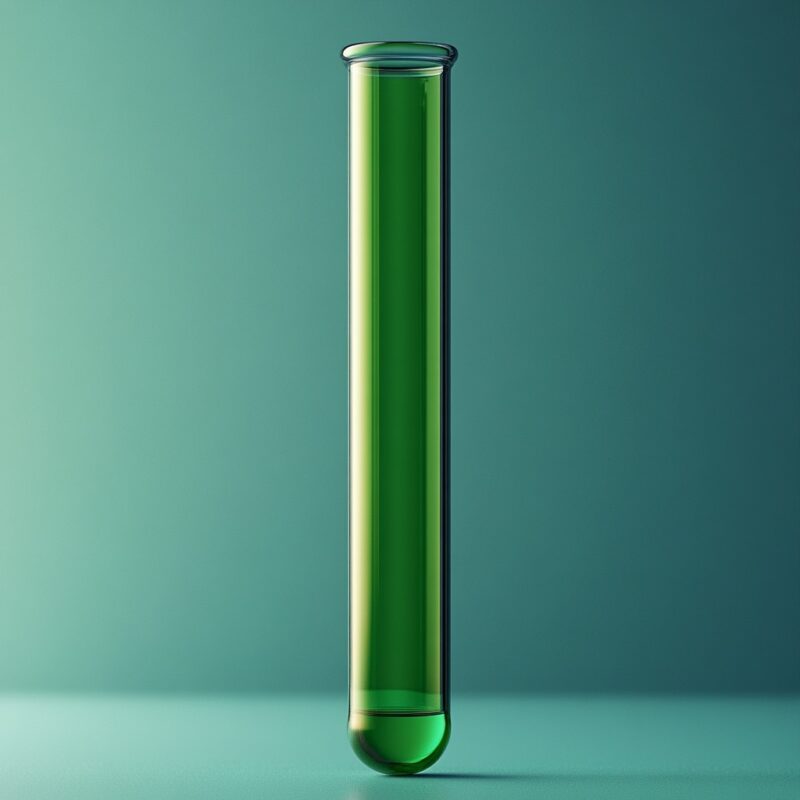
Green tubes contain either lithium heparin or sodium heparin, both of which act as anticoagulants by inhibiting thrombin and fibrin formation. These tubes are commonly used for chemistry tests, particularly when quick turnaround times are needed.
- Chemistry Tests: Green tubes are ideal for measuring electrolytes, such as ionized calcium (Ca) and potassium, in critical situations where rapid results are necessary.
- Ionized Calcium: Measuring ionized calcium helps assess parathyroid function, bone health, and the body’s ability to regulate calcium.
- Electrolytes: The tube is also used for evaluating electrolytes like potassium, sodium, and chloride, which are essential in diagnosing imbalances due to conditions like dehydration or kidney disease.
This tube is often used in emergency settings, where fast and accurate results are crucial for patient management.
The Bottom Line
The color-coded system for blood collection tubes ensures that samples are processed and analyzed correctly, preserving the integrity of the blood and providing accurate results.
Each tube serves a unique purpose, from coagulation studies to chemistry panels, and is essential for diagnosing and monitoring various health conditions.
Understanding the use of each tube ensures proper patient care and effective medical interventions.

